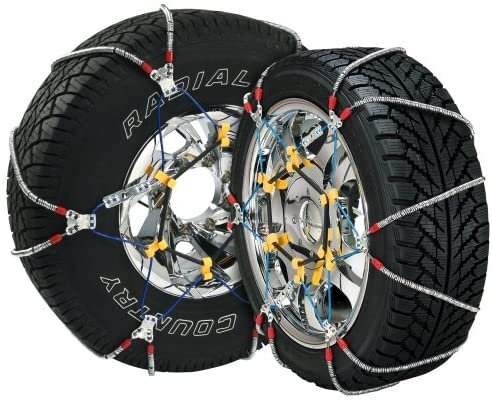3 Van Life Safety Tips For Driving In The Snow
Safety first!
It’s imperative you prepare your vehicle to function as safely as possible when traveling through snowy places. As soon as you encounter icy or snowy roads be sure to drive slower than usual, leave much more room between you and the car in front of you, turn slowly and don’t slam on your breaks as this could cause sliding. However these general winter driving safety tips aren’t enough to handle driving in the snow.
Here are 3 van life safety tips when driving in the snow to minimize getting stuck and successfully make it to the tops of mountains to enjoy killer views or a day of skiing.
*Click on photos to be re-directed straight to products
Tip 1: Snow Tires
The first step you should take is to invest in good snow tires. We’ve read that The Bridgestone Blizzak LT winter tires are the best and have ordered some for ourselves to get us through the winter season. Their grip can handle slippery surfaces and should reduce the amount of anxiety you may feel when driving on fairly paved roads in snowy locations.
Tip 2: Snow Chains, Cables & Socks
Snow tires can only do so much so when facing thick snow it’s vitally important you add an additional source of traction to your tires. Your options are snow chains/cables & snow socks.
Snow Chains/Cables
If possible you’ll want to add snow chains/cables to your tires. People with vans (as opposed to a truck or SUV car) prefer cables because they can be tighter around the tires. Most vans don’t have much clearance from tire to vehicle so tight cables may help to avoid damaging the car. If you have plenty of room between your tires and vehicle feel free to get regular snow chains.
*These are illegal to use on paved roads because they damage the road so be sure to only use them when driving on snow covered roads. Be sure to order the right size for your tires.
Snow Socks
Snow socks are an option if you’re highly concerned about the lack of space between your tires and vehicle. These are a little bit harder to install than snow chains/cables so be sure you have an extra helping hand. The way it works is when wet, the fabric gets sticky and creates traction. The tread from your tires work together with the sticky fabric in creating traction on snowy roads. It’s recommended to not drive over 30 miles per hour with these for best use and after about 300 miles expect to replace the snow socks as they will eventually rip through.
Tip 3: Be Prepared For Emergencies
If you do get stuck in the snow you must be prepared with an emergency kit and more importantly, vehicle extraction mats.
Emergency Kit
Vehicle Extraction Mats
If you plan on driving through dense snow you must have a set of these in storage so you can have peace of mind knowing you’ll likely get out of a sticky and potentially dangerous situation. These mats are simple to use and designed to get you un-suck from snow, ice, mud, and sand.






